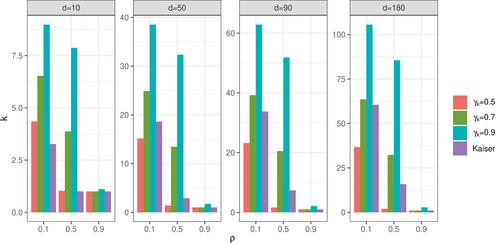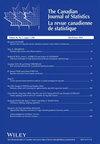摘要
在实施再随机化策略时,治疗组和对照组之间的马氏距离协变均值通常被用作平衡标准。然而,这个标准可能不适用于高维情况,因为它平等地平衡了所有正交协变量。在这里,我们建议利用主成分分析(PCA)来确定应该在其中计算Mahalanobis距离的适当子空间。PCA不仅可以有效地降低高维情况的维数,同时捕获协变量中的大部分信息,而且它还通过关注顶部正交分量来提供计算简单性。我们证明了我们的PCA重随机化方案在平衡协变量方面具有理想的理论性质,从而改进了平均治疗效果的估计。我们还表明,这一结论得到了数值研究的支持,包括模拟和实际例子。

Mahalanobis distance of covariate means between treatment and control groups is often adopted as a balance criterion when implementing a rerandomization strategy. However, this criterion may not work well for high-dimensional cases because it balances all orthogonalized covariates equally. We propose using principal component analysis (PCA) to identify proper subspaces in which Mahalanobis distance should be calculated. Not only can PCA effectively reduce the dimensionality for high-dimensional covariates, but it also provides computational simplicity by focusing on the top orthogonal components. The PCA rerandomization scheme has desirable theoretical properties for balancing covariates and thereby improving the estimation of average treatment effects. This conclusion is supported by numerical studies using both simulated and real examples.

 求助内容:
求助内容: 应助结果提醒方式:
应助结果提醒方式:


